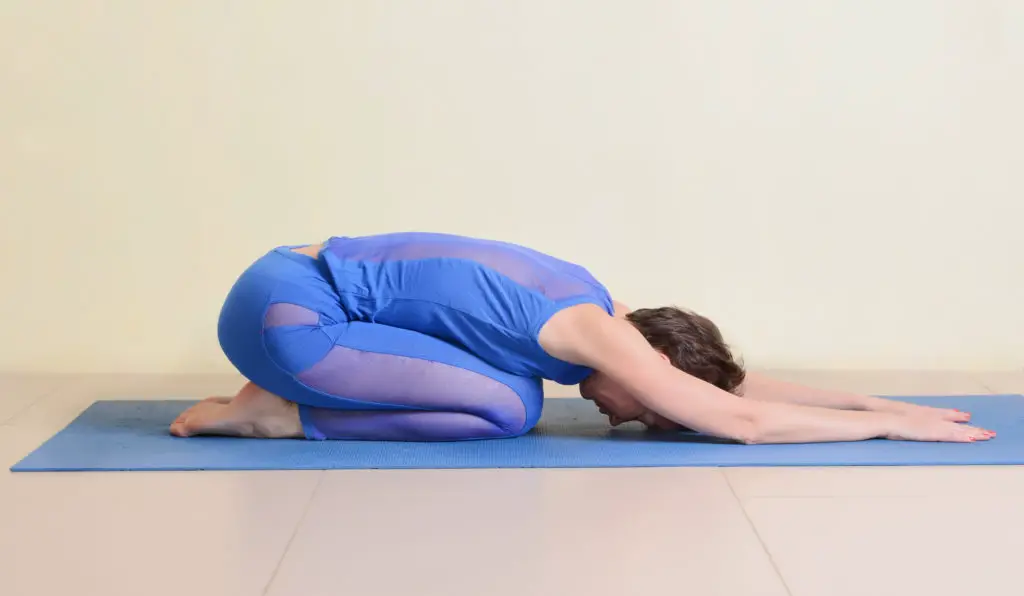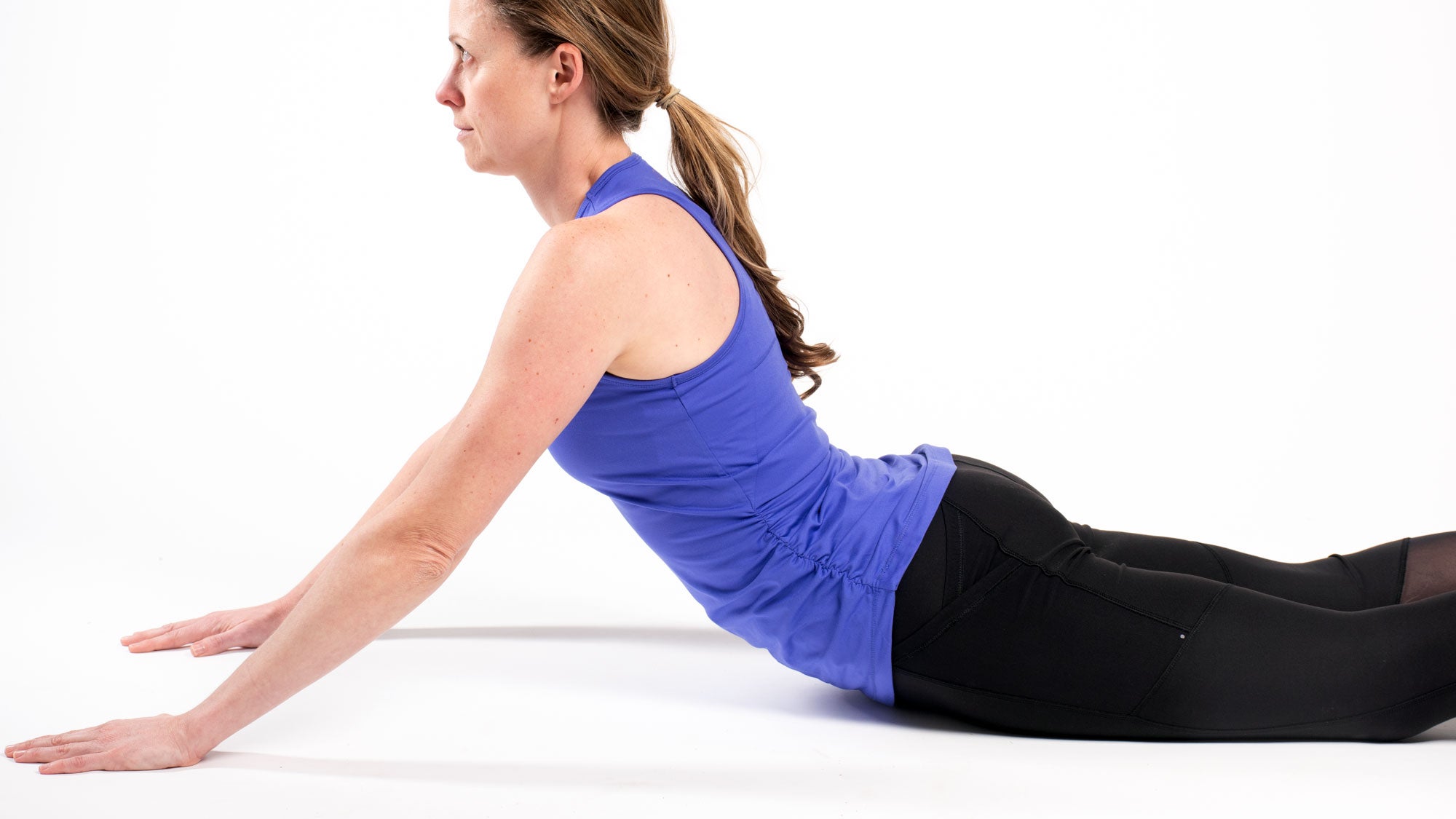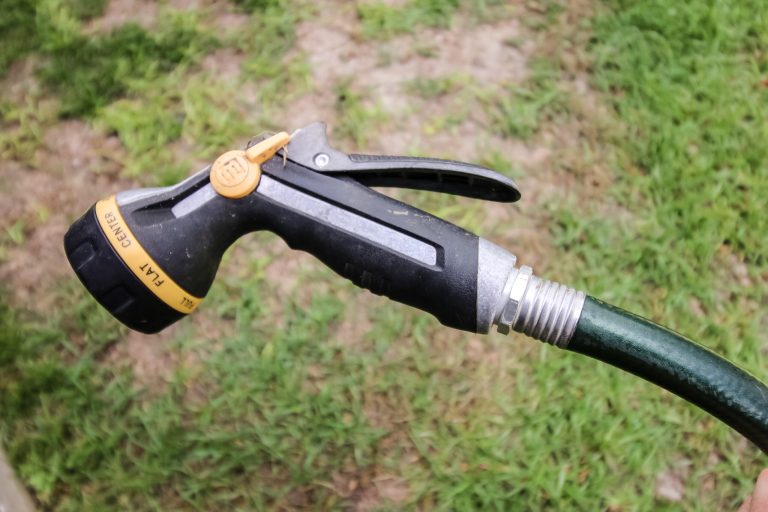How Can I Permanently Relax My Pelvic Floor?
There are many ways to relax your pelvic floor. Some people find that doing kegel exercises regularly helps to keep the muscles relaxed. Others find that using a vibrator on the pelvic floor can help to loosen the muscles and reduce tension.
If you are having trouble relaxing your pelvic floor, it is important to talk to your doctor or a sex therapist, as they may be able to recommend other methods that can help.
If you’re struggling with pelvic floor tension, you’re not alone. Many people hold onto unnecessary tightness in this area, which can lead to pain and discomfort. The good news is that there are ways to release this tension and permanently relax your pelvic floor.
Here are a few tips:
- Stretch regularly. Stretching the muscles around your pelvis will help to loosen them up and prevent them from becoming overly tense. Try incorporating some gentle stretches into your daily routine, or set aside time each week for a dedicated stretching session.
- Do kegel exercises. Kegels are great for toning and strengthening the pelvic floor muscles, but they can also help to relax them when done correctly. Be sure to focus on exhaling as you release the muscle contraction – this will help to prevent further tightening of the area.
- Use relaxation techniques. If you’re feeling especially stressed or anxious, take some time to relax using techniques like deep breathing or progressive muscle relaxation. This can help to calm both your mind and body, which will in turn lead to less tension in the pelvic floor area.
- Get regular massages. Massage therapy can work wonders for relieving tightness in the pelvic floor muscles (as well as other areas of the body). Book an appointment with a licensed massage therapist and let them know about your specific concerns so they can tailor the treatment accordingly.
How to Relax Pelvic Floor Muscles for Urination
When you need to urinate, your pelvic floor muscles automatically relax to allow urine to flow from your bladder through your urethra and out of your body. But sometimes, these muscles can become too tight, which can make urination difficult or even impossible. There are a few things you can do to help relax your pelvic floor muscles and make urination easier:
- Practice Kegel exercises regularly. These exercises strengthen the pelvic floor muscles, which can help prevent them from becoming too tight in the first place.
- Take breaks during extended periods of sitting or standing. This helps reduce pressure on the pelvic floor muscles and prevents them from getting too tired or tense.
- Try to empty your bladder completely when you go to the bathroom. Leaving urine in the bladder can increase pressure on the pelvic floor and lead to muscle tension.
- Avoid constipation by eating a high-fiber diet and drinking plenty of fluids. Constipation puts extra strain on the pelvic floor muscles, which can contribute to muscle tension and difficulty with urination.
- Relax as much as possible when using the bathroom. Tensing up instead of relaxing only makes it harder to urinate. So take a deep breath, focus on letting those muscles go, and let nature take its course.

Credit: every-mother.com
How Long Does It Take to Relax a Tight Pelvic Floor?
If you’re tense, anxious, or stressed, your pelvic floor muscles may be tight. This can lead to pain in your pelvis and hips and can make it hard to start or stop urinating. It can also make sex painful.
There are several things you can do to relax your pelvic floor muscles:
- Take a warm bath or use a heating pad on your stomach or lower back. This will help relax your muscles and ease the pain.
- Do some gentle stretching exercises. Yoga poses like Child’s Pose and Cat-Cow Pose can help stretch and release tension in the pelvic area.
- Try Pelvic Floor Relaxation Techniques. These involve tensing and relaxing the muscles of the pelvic floor (the ones that control urination) for a few seconds at a time. You can do this sitting, standing, or lying down. As you get better at it, try holding the contraction for longer periods of time (10 seconds or more).
- Practice Mindfulness Meditation. This involves focusing on your breath and letting go of intrusive thoughts. Research has shown that mindfulness meditation can help reduce stress and pain.
Doing these things regularly should help relax your tight pelvic floor over time. However, if you’re still experiencing pain after trying these methods, it’s important to see a doctor or other healthcare provider to rule out any other potential causes of your symptoms.
How Do You Fix an Overactive Pelvic Floor?
Your pelvic floor muscles support your bladder and help keep it closed. If these muscles are too tight, they can cause urinary incontinence or make it difficult to urinate. An overactive pelvic floor can also cause pain in the lower abdomen, groin, or rectum.
There are several ways to treat an overactive pelvic floor, including: – Pelvic floor muscle exercises: These exercises can help relax the muscles and improve urinary control. – Biofeedback: This therapy uses sensors to help you become aware of and learn to control your pelvic floor muscles.
– Electrical stimulation: Small electrical impulses are delivered to the pelvic floor muscles to help them relax. This therapy is often used along with biofeedback. – Medications: Medications such as diazepam (Valium) or baclofen (Lioresal) may be prescribed to help relax the pelvic floor muscles.
Botulinum toxin injections (Botox) may also be helpful for some people. Surgical options are also available for severe cases that do not respond to other treatments.

Credit: www.thetimes.co.uk
What is a Natural Muscle Relaxer for Pelvic Floor?
There are a few different things that can be done in order to help relax the pelvic floor muscles. One option is to do some specific exercises that help target those muscles. Another option is to use a natural muscle relaxer for the pelvic floor.
Some people find relief by using a heating pad on the area for 20-30 minutes at a time. Others find that adding some Epsom salt to their bathtub can help as well. Whichever method you decide to try, make sure that you give it some time to work before giving up on it altogether.
Why is My Pelvic Floor Always Tight?
There could be a few reasons as to why your pelvic floor is always tight. It could be due to weak pelvic floor muscles, which can be caused by pregnancy, childbirth, obesity, heavy lifting, or other chronic conditions such as constipation or Ehlers-Danlos syndrome. Another possibility is that you have developed a condition known as pelvic floor dysfunction, which is when the muscles and tissues of the pelvic floor become too tight and cause pain or discomfort in the pelvis.
If you think you might have this condition, it’s important to see a doctor so they can properly diagnose and treat it.
4 Techniques To Relax A Hypertonic Pelvic Floor
Conclusion
This blog post provides some great tips for relaxing your pelvic floor. The author suggests doing some research to find the right method for you and also recommends talking to a doctor before trying any new methods. Overall, the advice in this blog post can be helpful for anyone looking to permanently relax their pelvic floor.







